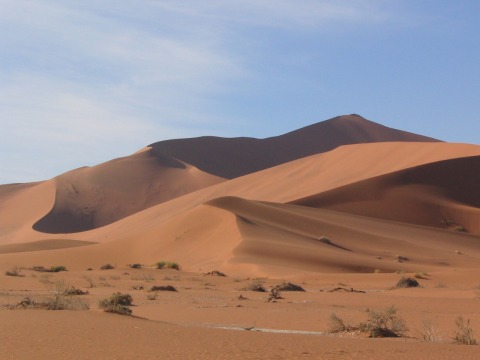 |
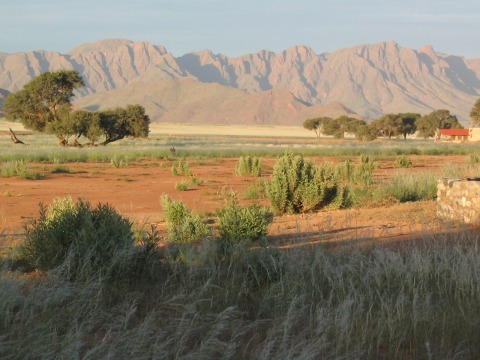 |
Birds fly south during the winter, why shouldn’t we? It is warm there, the sun is shining (well practically all year round), but to change the winter to summer in a couple of hours, sounds very tempting. And so it began…
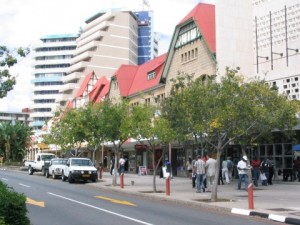 |
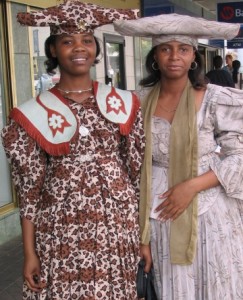 |
Africa is different and the life there flows on its own course. This was my first trip to true Africa and I instantly felt it will be interesting adventure. I love Africa, and I find it beautiful, different in positive way, full of kind people, pristine, interesting and so much more. Already the capital, Windhoek, is unexpectedly organized, clean, modern and without any skyscrapers (the highest building has about 4 floors). Instantly you can see the bright colors of their dresses and styles according to the belonging to certain tribe origin (Herera, San or Himba people).
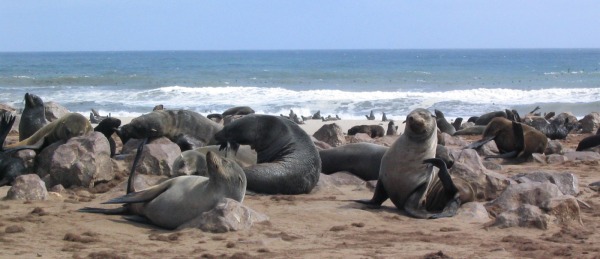
To travel Namibia, one has to count to rent a car. It is costly, but to be honest, there is no alternative if you are on your own. There is practically no public transport, so the car is a necessity. The only important thing when you travel by car is to be cautions with your supply of gasoline, since petrol stations are not that common as we are used to. The distances are quite long, roads vary – some are in a very good condition and some full of potholes, and mainly try to avoid rainy season, because roads tend to be unpassable. They also advise to drive only during daytime, which is inconvenient, but this is due to safety (during the night there are lots of animals and lower visibility because of the sand). The sun is usually scorching, but thanks to the dry air, it is absolutely not hard for the body and is not a burden at all. The best of all about the car is a chance to sleep on the roof of your car, where they put a tent. This is really best choice for Namibia, very convenient and it offers good bed.
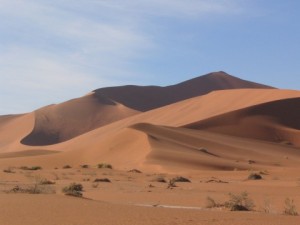 |
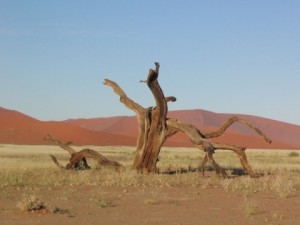 |
The country is simply beautiful and ever changing – from green pastures, famous red dunes in Sesriem, deserted Skeleton coast, touristic Swakopmund, national parks full of animals (the famous one being Etosha NP), to almost deserted areas in Kalahari desert.
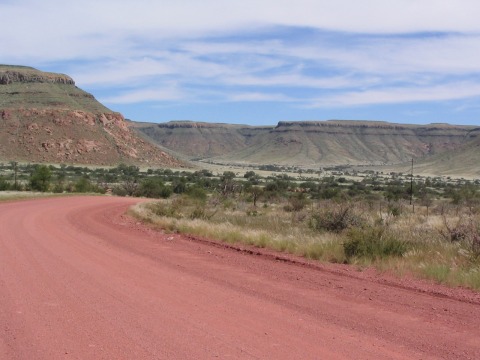
If by chance you do encounter rain, it is magnificent nonetheless. Why? Definitely not because of unpassable roads, but because of the colors across the sky that come only when it is raining. Once the rain is over, you will not notice it has occurred only hours ago, the dry land soaks it up instantly.
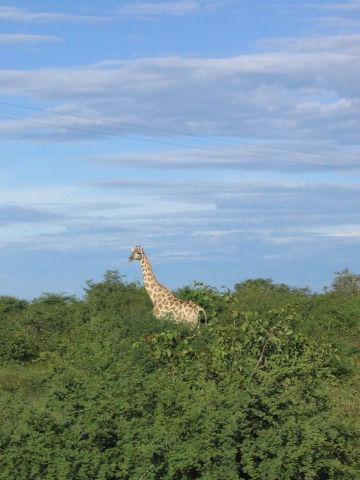
The famous red dunes along the Atlantic coastline, in Sossouvlei and famous dune 45, are as amazing as described in numerous books or travel guides. They spread to the inland and best choice is to climb a dune and wait for the sunrise. On your left and right you will be able to see wind beaten red sand and amazing shapes that form from it.
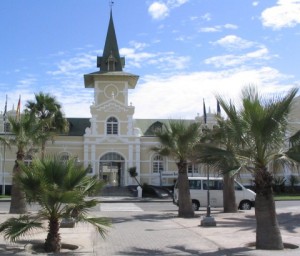 |
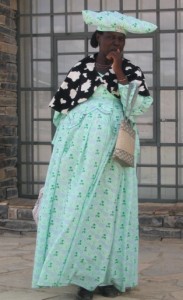 |
Or if you prefer driving along the mystic and foggy Atlantic coastline, where dead landscape shows no signs of life. The big exception is Swakopmund, where many Europeans have their second home and the city looks like a copy of a Europe in small. It is a touristic place, especially popular in winter time (winter in Europe).
During drives you can easily spot different animals, so one day we also saw a huge flock of pinky flamingoes and further on also visited a reserve of cape fur seals. Since it was breeding season, there were really plenty of them and the small ones. The coast continues right to the Skeleton coast, where there are many skeletons of the stranded ships.
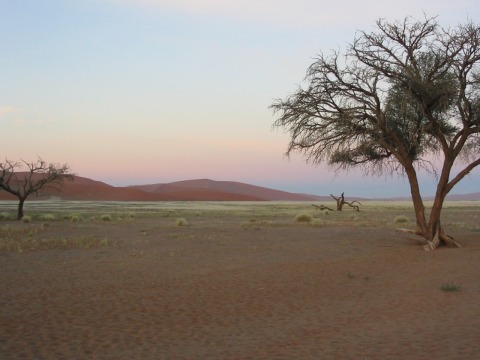
But further on green hills and formations of brown rocks take place. As it was springtime, everything was green and springboks were all around us. As there is lots of food, there are many animals, happily grazing the plentiful fruits and veggies. In the inside of Namibia, there are also historic evidences left, one of them are tribal paintings, which are supposed to date back about 6000 years and belong to San people.
The world as we do not know it, represent definitely tribes people. Traditional way of living gives them unique relationship with nature. This is primitive (not in negative sense of word) way of life. But happy faces show no sign of concern, though life here is harder than anyone of us can image. Never enough of water, food supply depends almost solely on them and simple muddy huts give them only basic shelter. Yet, they seem to be unburdened by it and take care of their families as best they can. Everything is shared here, there is no place for individualism or else they could not survive. They don´t mind about the difference of color, our white color, we are all humans, was what they have said when asked.
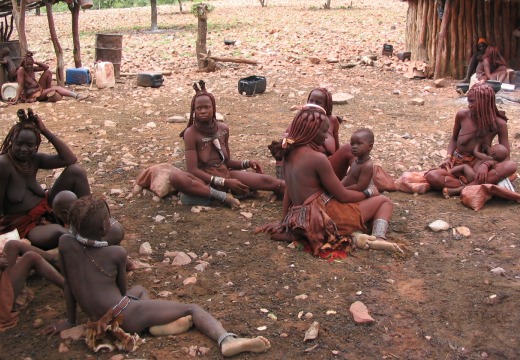
Up north we visited Himba people and along the road we could watch giraffes lazily strolling along the way. And we decided to continue still north right up to Epupa falls, which are already near Angola border. It was worth of a drive, because it was lots of water and the falls were very big, due to recent rains.
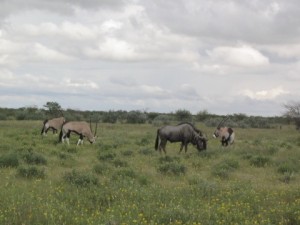 |
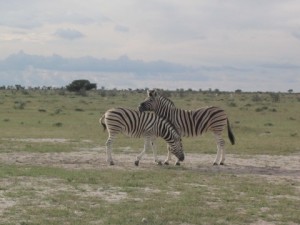 |
The next obligatory stop in Namibia is Etosha NP, where we saw oryx, giraffes, warthogs, impalas, springbok, gemsbok, zebras, kudus and many birds along the game drive. Of course there are also wild cats, but at the time we were not so lucky to spot them. Definitely worth of visit and the good thing is, that you can drive on your own at your own pace and for how long park permits it.
Partly because we had the chance, partly because of the fame they got with the movie (The gods must be crazy) we drove all the way to Tsumkve to see the San people (often referred to as Bushman). The drive is long and hard and you have to be careful with the tires and gasoline since there are no gas stations from Grootfontein on (about 300km one way). This is a remote little village quite near the border with Botswana. The San people are one of a kind and very interesting to see and hear. You definitely need a translator for their clicking language. They live in very poor conditions, but I consider it a privilege to have been able to see this old tribe living still very primitively.
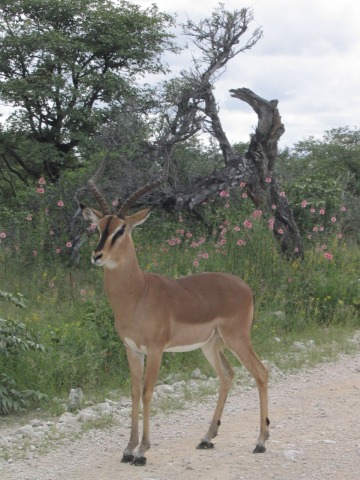
Days turn in colors from violet, pink, red, orange, yellow and all the shades between. Sundown is magnificent and night sky shines brightly with countless visible stars. From morning glory, freshness of a new day, heat of the sun, breeze of the day coming to an end, and to cosy fresh air during your sleep – all that is Namibia. It is very different from other African countries and very empty once, since there is very little population in this huge territory. Easily we can call it a pearl, though it is famous by its diamonds mines 🙂
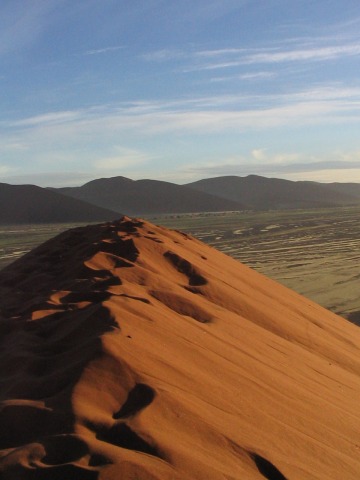
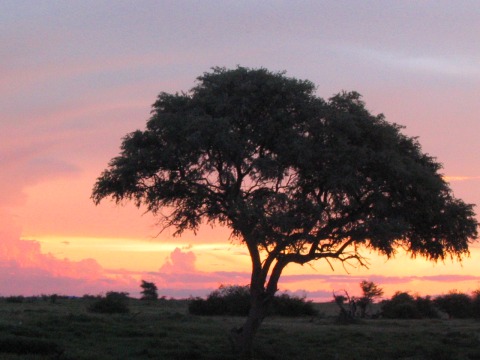
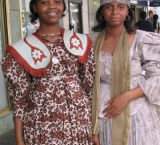
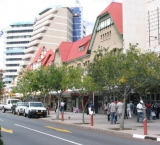
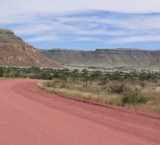
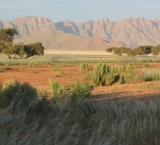
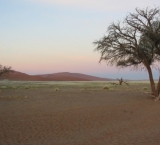
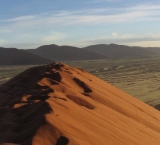
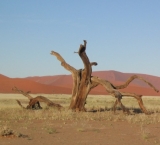
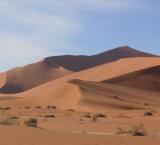
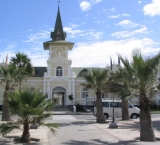
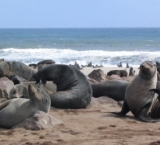
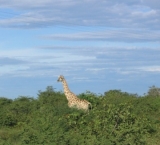
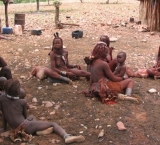
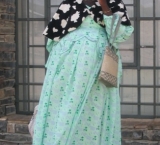
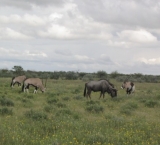
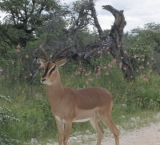
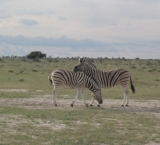
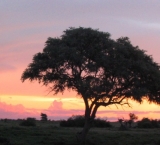
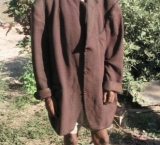
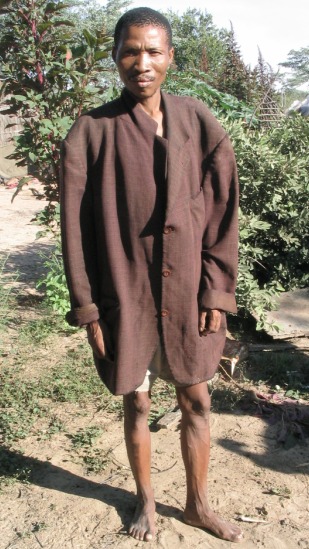
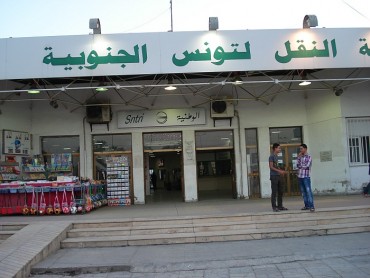
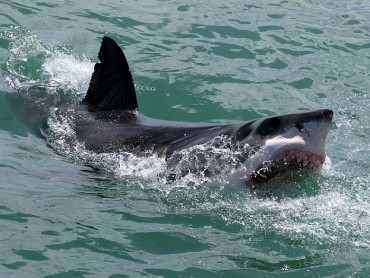
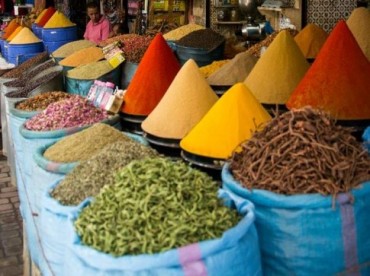
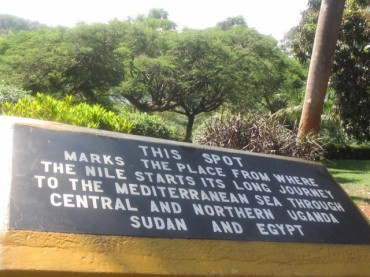
Namibia is indeed a pearl. I love this country, it is so different and so beautiful. Glad you liked it as well. Nice pictures you have from your trip 🙂